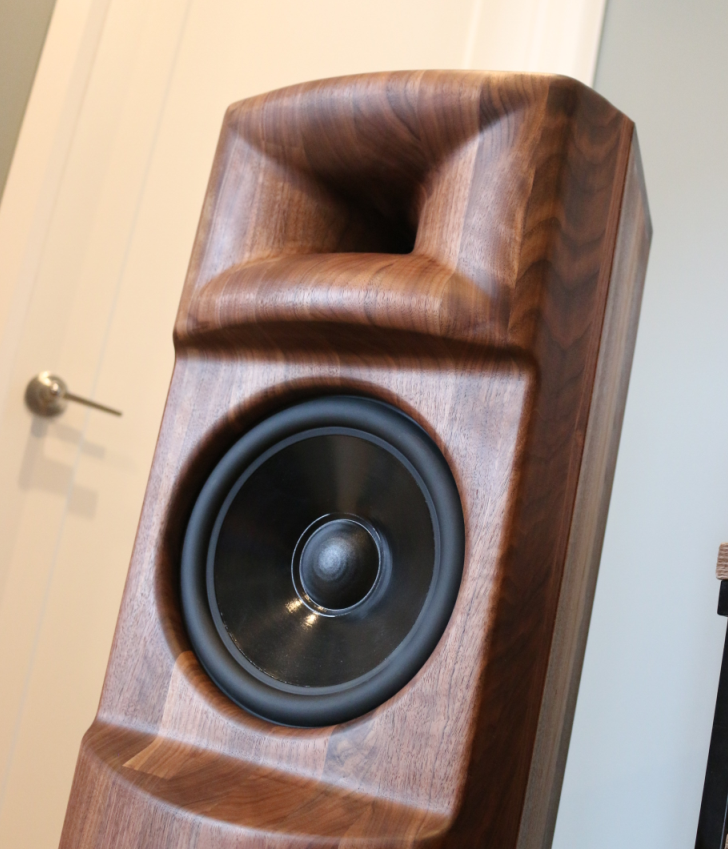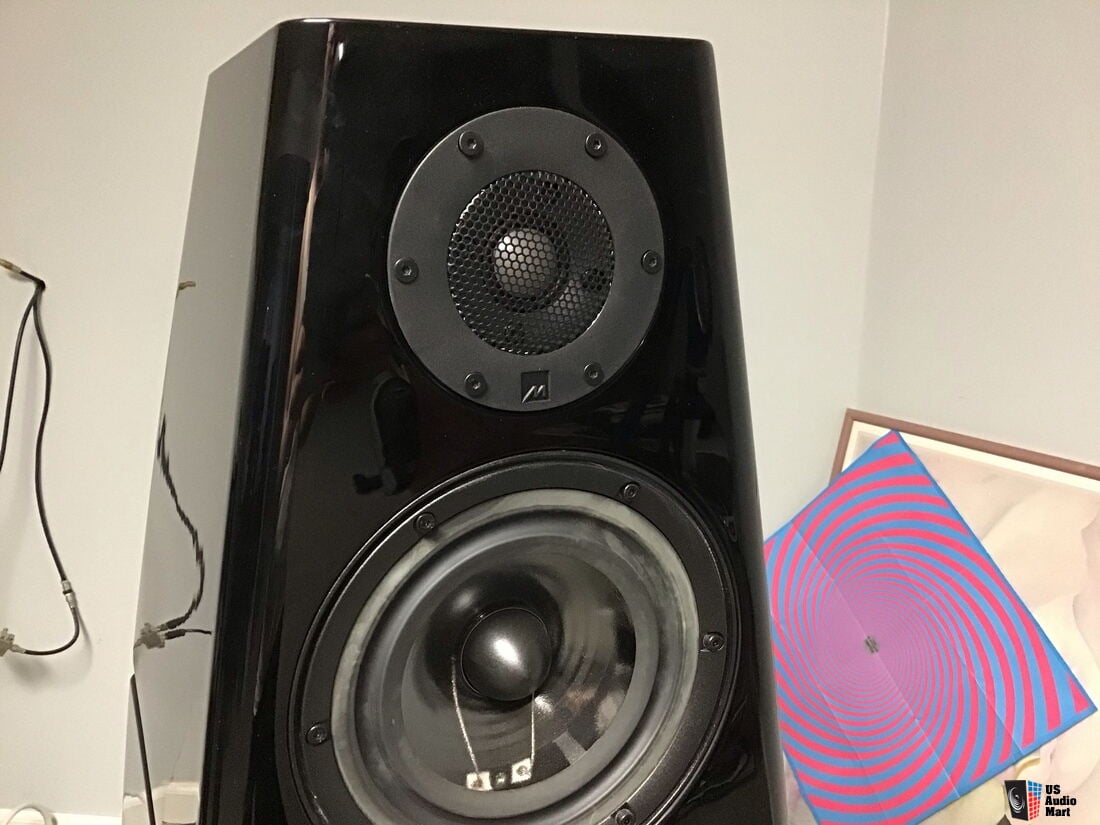As I read it the point of Rene's analysis is that all rooms have a mode at 0Hz, which gives room gain regardless of the frequency of the first resonant mode. This will be the case for any room where the reflected wave is not significantly attenuated (though what significant means is likely to be complex. the analysis applies perfectly only to fully sealed rectangular rooms, but the effect in a real room will still be there if lessened according to leakage)He is not incorrect but it seems your understanding of the concept is not clear. Do please use the room mode calculator linked on that post and see at what size room you will see a room mode at 8Hz (clue 21m). Then think if a room of that size will be considered a “room” in the sense of a domestic space. Even the OP’s room is not that large
I think the discussion is relevant to the person’s question. He wants big bass and he has a large room.
yes the idea of a 0Hz mode is not intuitive, but he has done the hard maths and it corresponds to most peoples' lived experience.
Note the effect does not appear for ported subs below the sub's resonance, as the driver displacement simply pushes air out of the port. The room gain to DC is a feature of sealed or infinite baffle subs only. Might this be part of the reason why some people prefer that alignment?
From https://audiosciencereview.com/forum/index.php?threads/analytical-analysis-room-gain.23211/: "We have a flat in room response for a sub with finite bandwidth. Why is that? Well, we have actually forgotten one thing; the indices (nx,ny,nz) do not start at (1,0,0), (0,1,0), or (0,0,1); they start at (0,0,0)! We have a mode at 0 Hz that pressurizes the room the same in all positions, so no gradients, and it satisfies the wave equation as discussed already. Room gain is simply the effect of having an eigenmode at DC!"
Last edited:




